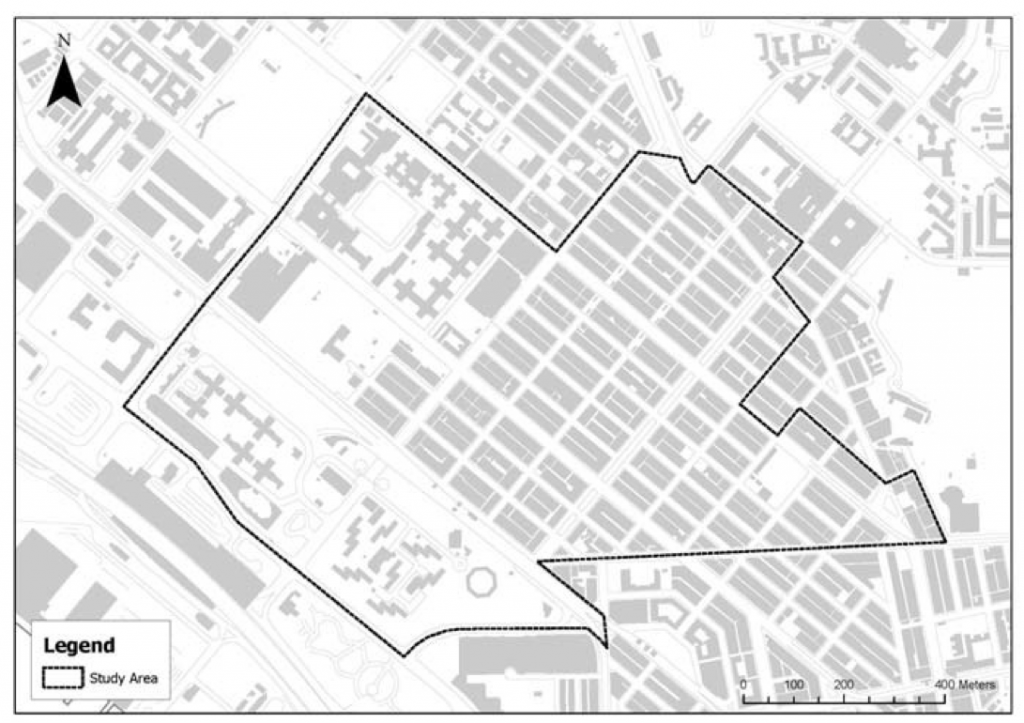Unsettling High-density Development in Hong Kong: Production of Space, Spatial (In)justice and Everyday Lifel
李慧莹博士
Urban density has been the focus of attention in urban agenda. Being a high-density compact city, Hong Kong is chosen as case study to review the conceptualization of urban density question. High density is usually conceptualised as things but not social processes in the existing literature. Technical dimension is often prioritised over socio-spatial aspect of everyday life. This research proposes a more nuanced analysis of unsettling high-density development that emphasises the role of processes and space. Theoretically, it draws on Lefebvre’s production of space and Dikeç’s spatial dialectics of injustice, which have only been selectively studied in the literature. Dikeç’s (2009, p.79) has highlighted, “form and process are inseparable and should be considered together”. While unjust social processes generate various spatial outcomes, spatial processes cause different forms of injustice. By using Sham Shui Po as a case study, this research investigates how locally mediated territorial processes meet, with the everyday practices of residents at the individual level. In-depth interviews of 20 households are conducted for the purpose of elaborating their everyday practices together with the issue of social justice. This research employs a rich array of methods to decipher the physical, mental and social spaces of these residents.
The case study suggests the conventional thinking of urban density does not suffice to examine urban social issues such as the production of overly crowded dwelling spaces. There is a need for a reconceptualization of urban density question from absolute space to social processes. It points towards a framework interwoven with urban historicity, spatiality, and sociality, as well as their internal relations.
Publication:
Wing Shing Tang, Joanna W.Y. Lee, Tsz Wa Hui, Maurice K.C. Yip (2019) The “Urban density” question in Hong Kong: From absolute space to social processes, City Culture and Society, 17, pp. 46-53 .
|
Figure 1 The study area |
Figure 2 Roof-top structures and crowded dwelling spaces in Sham Shui Po |



